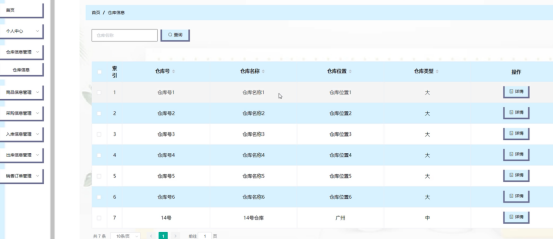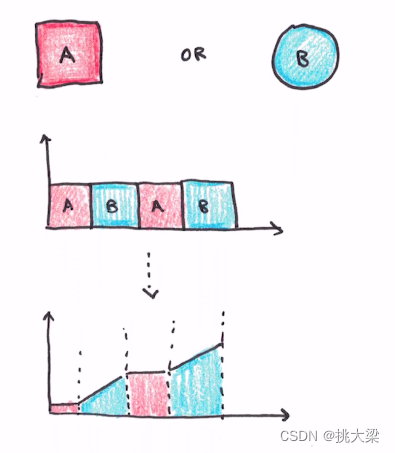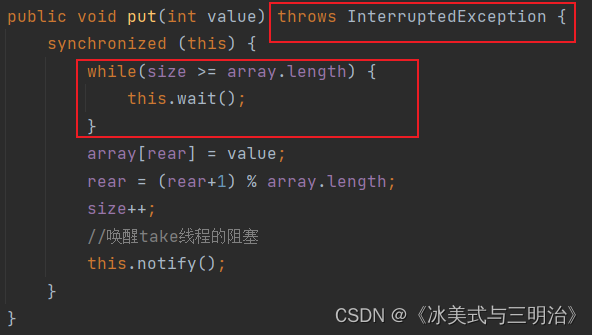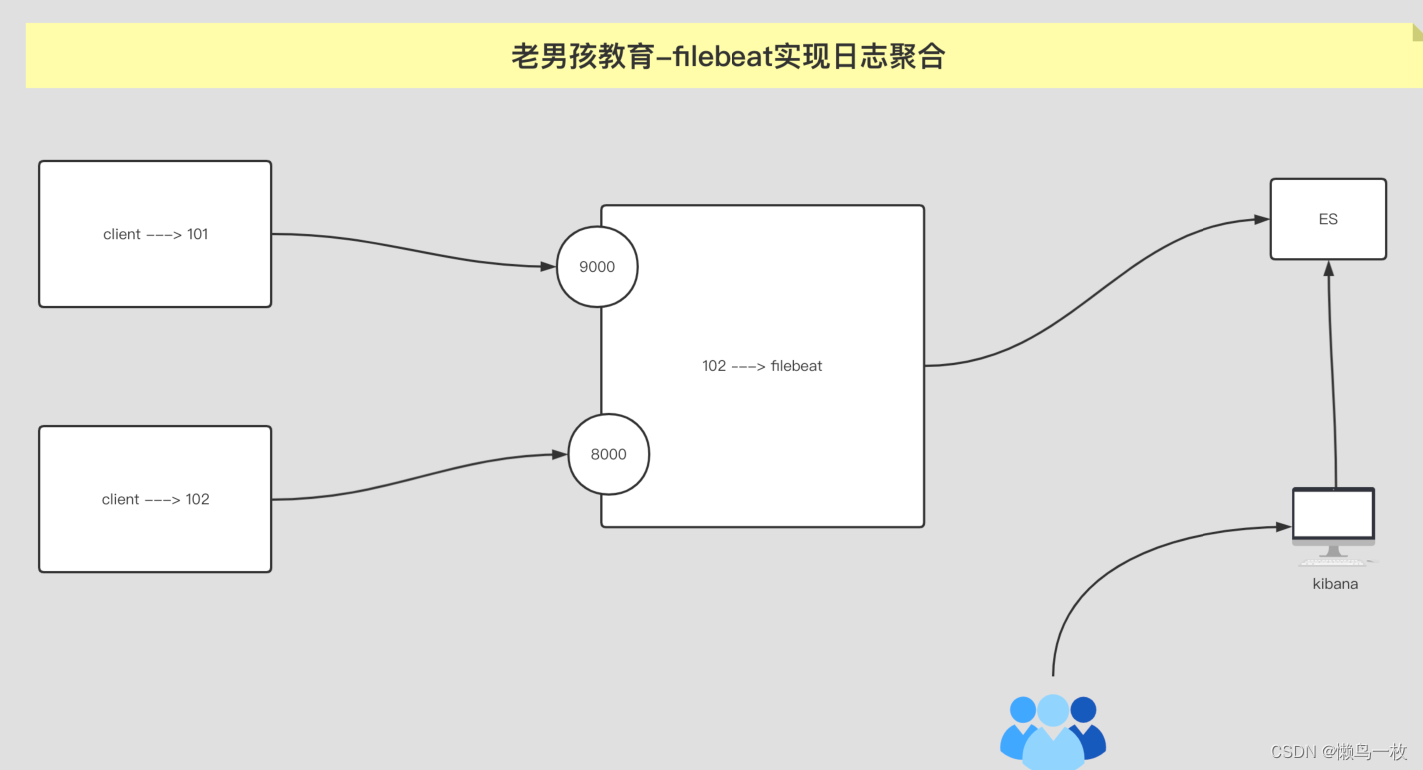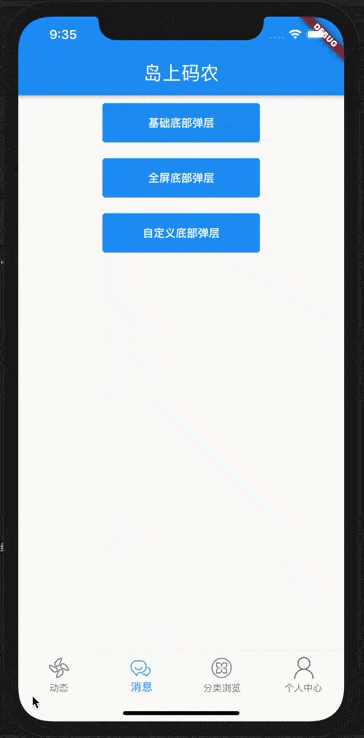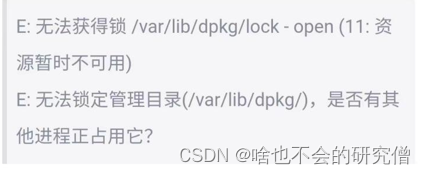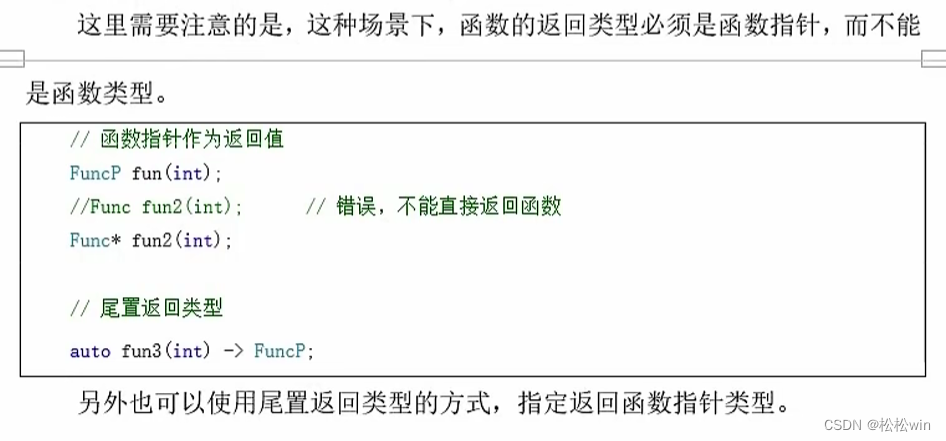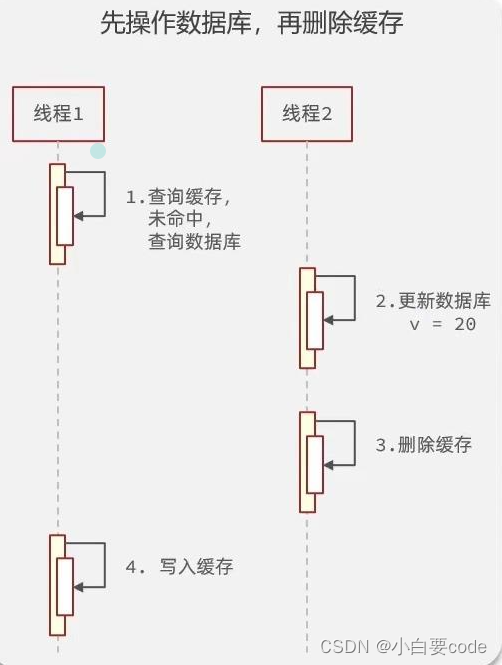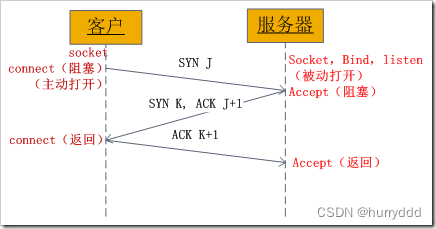jedis就像jdbc一样,用于两个端直接的连接。
1.创建Spring项目
这里不过多赘述...
2.导入连接工具jedis
在pom文件中导入jedis的依赖。
<dependency>
<groupId>redis.clients</groupId>
<artifactId>jedis</artifactId>
<version>4.3.1</version>//版本号根据需要选择
</dependency>3.创建jedis对象
//redis所在主机的IP地址和监听的端口
Jedis jedis = new Jedis(IP地址, 端口号);
//指定访问服务器的密码
jedis.auth("132132qa..");
4.测试是否连通
jedis.ping()
System.out.println(jedis.ping());//若输出为PONG表示连通
之后就可以通过jedis进行操作啦——
Set<String> set= jedis.keys("*");
jedis.set("name", "qyyb");
Map<String, String> map =new HashMap<>();
jedis.hset("tengjie",map);
....................
Jedis和Lettuce区别
Jedis客户端连接时,都需要创建实例,造成很大开销。线程之间也不安全,一个线程修改会对别的线程影响。
Lettuce底层使用Netty,保证只创建一个Lettuce连接,所有线程共享,故也不会存在数据修改对别的线程影响。
RedisTemplate使用
pom配置
<dependency>
<groupId>org.springframework.boot</groupId>
<artifactId>spring-boot-starter-data-redis</artifactId>
</dependency>
<dependency>
<groupId>org.apache.commons</groupId>
<artifactId>commons-pool2</artifactId>
</dependency>
<dependency>
<groupId>io.springfox</groupId>
<artifactId>springfox-swagger2</artifactId>
<version>3.0.0</version>
</dependency>
<dependency>
<groupId>io.springfox</groupId>
<artifactId>springfox-swagger-ui</artifactId>
<version>3.0.0</version>
</dependency>
properties文件配置

SwaggerConfig配置

注入bean并操作


显示中文:启动redis加上--raw
感谢观看——






